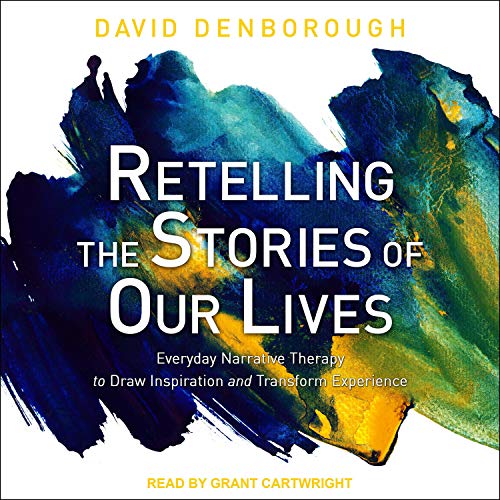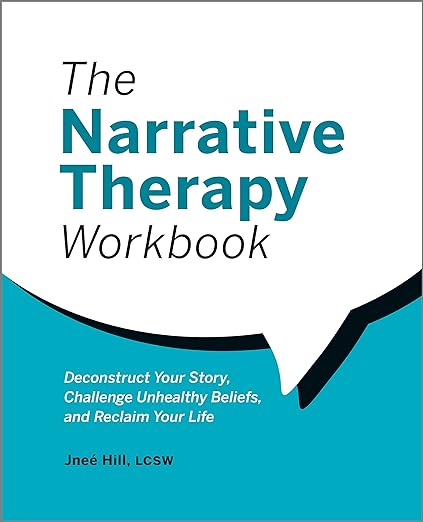Autobiography in Five Chapters
Autobiography in Five Chapters
Chapter 1:
I walk down the street.
There is a deep hole in the sidewalk.
I fall in. I am lost. I am helpless.
It isn’t my fault.
It takes forever to find a way out.
Chapter 2:
I walk down the street.
There is a deep hole in the sidewalk.
I pretend I don’t see it. I fall in again.
I can’t believe I am in the same place.
But it isn’t my fault.
It still takes a long time to get out.
Chapter 3:
I walk down the street.
There is a deep hole in the sidewalk.
I see it is there.
I fall in… it’s a habit. But my eyes are open.
I know where I am. It is my fault.
I get out immediately.
Chapter 4:
I walk down the street.
There is a deep hole in the sidewalk.
I walk around it.
Chapter 5:
I walk down a different street
Journal your thoughts on the story.
After you finish your journaling, you can contrast and compare your thoughts on the story to these ideas below:
The narrator encounters a recurring obstacle in the form of a deep hole in the sidewalk. Each chapter represents a different stage of realization and growth, highlighting the protagonist’s shifting perspective and willingness to confront their own actions.
In Chapter 1, the narrator’s initial response to the hole is to fall into it, symbolizing a sense of helplessness and a loss of control. This can be seen as a reflection of how we often find ourselves in situations where we have no control over our circumstances. The repetition of falling into the hole suggests that it is a recurring pattern, a metaphor for the struggles and challenges we encounter in life.
In Chapter 2, the narrator initially chooses not to acknowledge the hole and falls into it again, representing a lack of self-awareness. This stage suggests that we often repeat patterns of behavior even when we know better. The repetition emphasizes the ongoing challenges we must face in overcoming our flaws and blind spots.
Chapter 3 marks a turning point for the narrator, as they acknowledge the hole and take responsibility for their actions. Their eyes are opened to their own role in the situation, and they make a conscious effort to get out, symbolizing personal growth and self-awareness. This chapter suggests that by acknowledging our mistakes and taking responsibility for them, we can break free from the cycle of repeating mistakes and learning from our past experiences.
Chapter 4 offers a choice to the narrator: they can either continue to walk down the street, potentially encountering the hole again, or take a different street altogether. This chapter suggests that sometimes we have to make conscious decisions to avoid situations that we know will bring us harm. It encourages us to seek alternative routes and paths that align with our values and goals.
Chapter 5 represents the final chapter, where the narrator decides to walk on a different street, symbolizing growth and change. This chapter suggests that by leaving behind old habits and patterns, we can embark on a new journey towards self-discovery and personal growth. It encourages us to embrace change and seek out opportunities that lead us towards a happier and more fulfilling life.
The final lines of the poem – “I walk down a different street” – suggest that by breaking free from familiar patterns and embracing personal growth, we can chart a different course and find fulfillment in our lives.




